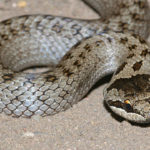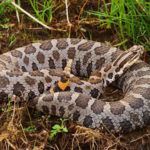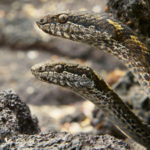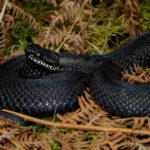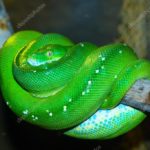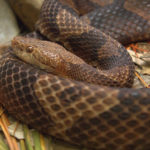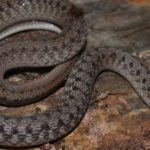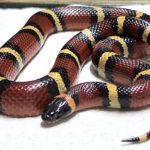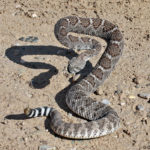Are snakes invertebrates ?
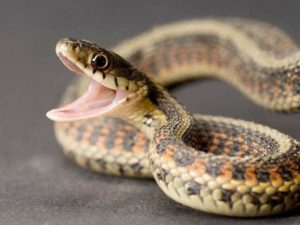 Snakes are the most vertebrates. Snakes, like all other reptiles, refer to vertebrates. Their spine can consist of hundreds of vertebrae. A large number of the latter and as a result the tremendous flexibility of the body secrete snakes among all reptiles.
Snakes are the most vertebrates. Snakes, like all other reptiles, refer to vertebrates. Their spine can consist of hundreds of vertebrae. A large number of the latter and as a result the tremendous flexibility of the body secrete snakes among all reptiles.
The vertebrae of snakes are complex arranged and firmly connected to each other. The pair of ribs is almost the same as the non-vertebral vertebrae. The absence of limbs does not limit the mobility of snakes, as the long body allows them to develop special, very effective ways of locomotion and catching prey. Specific methods of swallowing also compensate for the lack of style, and these reptiles, using their jaws and coiled torso, surprisingly “manipulate” even relatively large objects.
Scales of snakes are thickening of the outer layer of the skin. Her living tissues grow, and the cells on the surface strongly keratinize, become stiff and die. Between the scales remain areas of thin elastic skin, which allows the covers to stretch, and the snakes swallow objects of even larger diameter than themselves.
As the snake grows, it fades. To dump the outer layer of the skin, it first rips it around the mouth hole, for which it rubs its head against the ground or other hard surface. Then the snake pulls off the old covers, shifting them back and turning inside out. Often the skin comes off in one piece like a stocking. The first time the snake molts at the age of several days, and young animals update the veil much more often than adults. On average, moulting occurs more often than once a year, but its frequency depends on the species and features of the habitat.




